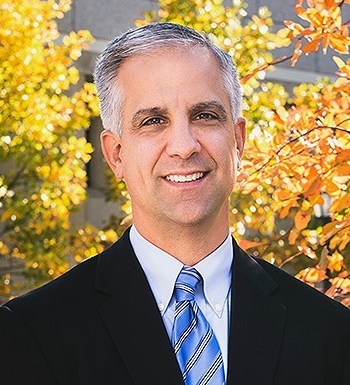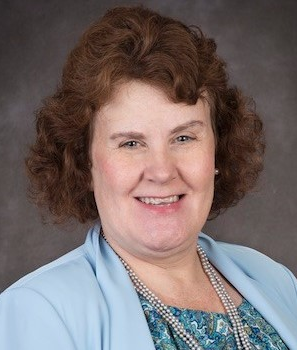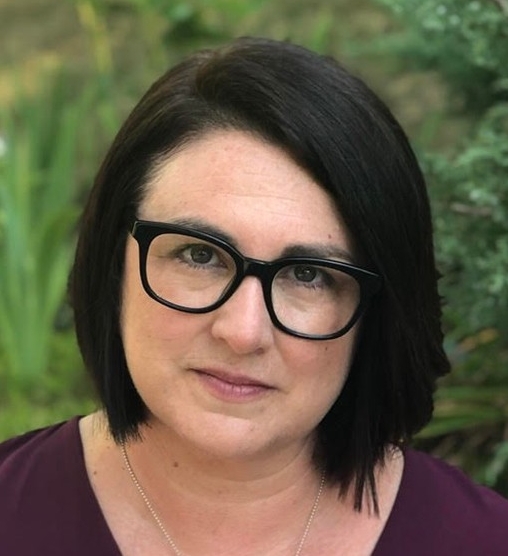Assistant Professor of the Practice Kathleen Flinton, who joined the BCSSW faculty last July, has an extensive, two decades-long background in treating trauma which she employs in structuring the BCSSW curriculum to reflect the TII objectives: for example, integrating trauma-related content into existing courses or creating new ones that are geared to trauma-informed practice. She notes that the trauma curriculum is anchored in the Health and Mental Health department but is open to all students through the BCSSW trauma certificate program, and covers both clinical and macro specializations, as well as BCSSW’s other fields of practice, such as Children, Youth, and Families, Global Practice, or Older Adults and Families.
Self-care, according to Flinton, is an integral part of the curriculum. “We talk about the importance of being aware of your health, how you respond to work-related experiences, the things you can do to stay present. We realize some students have known trauma in their own lives, so we walk a fine line: We don’t try to elicit their experiences, but we let them know we understand.”
As part of the TII, Coleman and her colleagues have utilized a trauma-informed perspective in redesigning the matching, advising, and supervision of the approximately 500 students who are in M.S.W. field placements every year. This entails, she said, “being aware of what students may be bringing with them in their fieldwork, and helping them cope as necessary.” But BCSSW’s vision of field placement, and its role in social work education, has a Jesuit orientation, she added.
“Social work is not just about professional skills: You’re bringing your ‘self’ into the job. That’s at the heart of formation, along the lines of the questions [Theology Professor] Michael Himes asks students to consider in thinking about their vocations: What brings me joy? What am I good at? What does the world need me to be? We ask our students not only to think about their gifts but their whole self, and how it may shape their vocation as a social worker.”
Easton oversees the TII’s research component, which includes seeking or clarifying linkages between faculty members whose areas of interest have relevance to trauma, such as neuroscience, immigration issues, or parenthood. The TII also intends to foster faculty collaborations on scholarly publications, development of research proposals, and other activities. Last fall, BCSSW faculty, students, and alumni presented research on trauma’s impact on social workers at the Council on Social Work Education Annual Program Meeting.
Sally Doherty, a Needham, Mass., native in her final year at BCSSW, appreciates that the TII enables students to recognize “that trauma is multi-layered and has a multifaceted impact,” and has found useful its emphasis on “the ecology of trauma”—the impact of structural violence and oppression and social determinants of health.
“I am confident that I am prepared to process any potential impact that dealing with trauma could have on my personal well-being,” said Doherty. “The TII has provided me with tools to ensure that I am practicing self-care as I take on this work with a focus on trauma.”
Hilary Dobel, also in her final year, feels the TII has helped her to understand the mental and physical effects of trauma, “as well as the language for talking about those effects with someone who might be suffering.” Learning about socioeconomic conditions and injustices that contribute to trauma “rather than looking at a person’s suffering in a vacuum” also has been a valuable experience.
“I learned that, as a clinician, just hearing about someone else’s trauma can have a profound effect on your own mental health,” said Dobel. “You have to be aware of that possibility in order to care for yourself and to be able to keep doing this work. The TII has also been incredibly helpful for my intellectual and emotional understanding of how these processes can occur—what can make a clinical interaction risky for me as well as the person I’m working with, and what recovery can look like.”
Sean Smith | University Communications | March 2021






